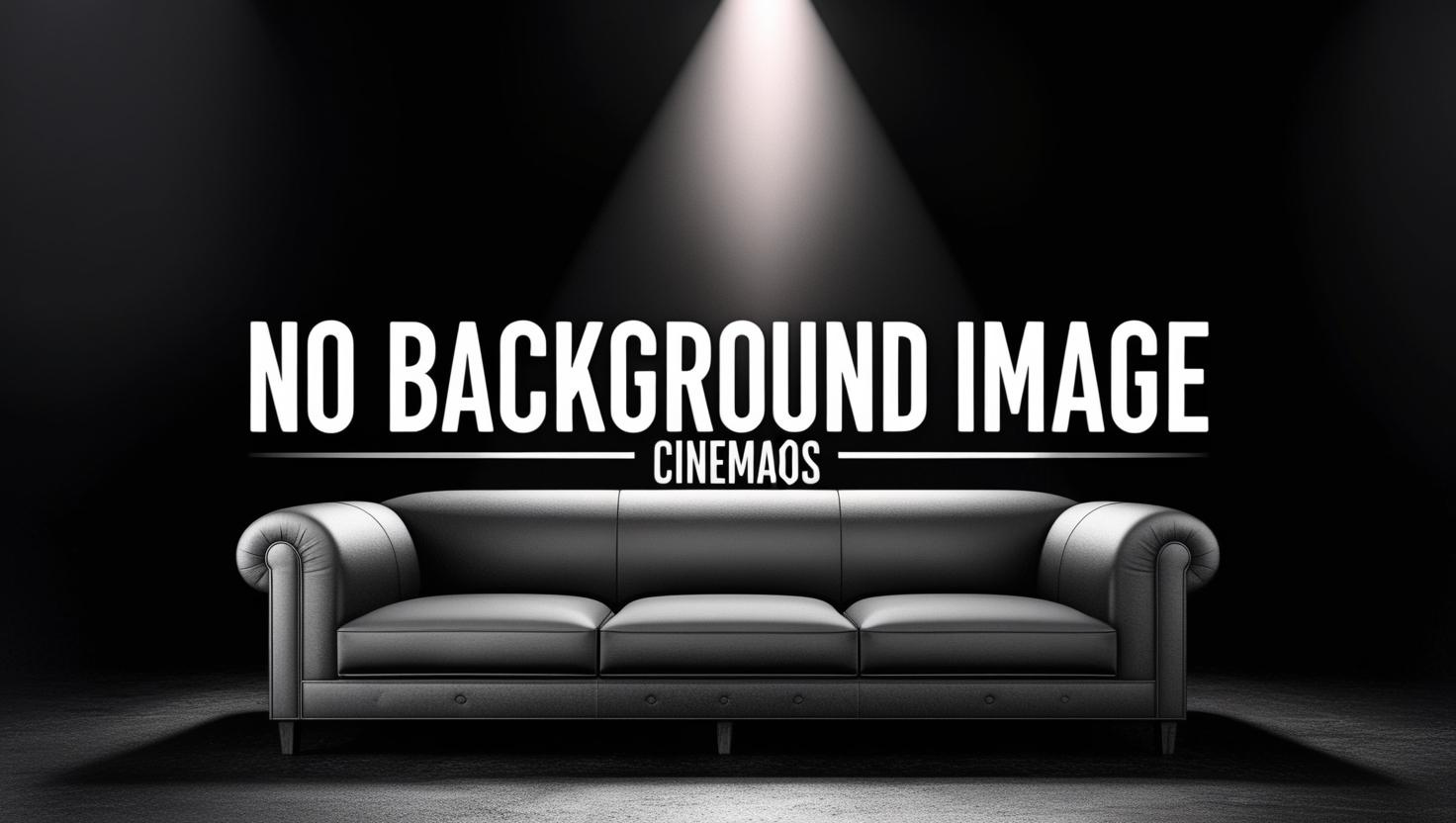
Easy Rider
2006
0h 5m
0.0(0 votes)
Documentary
Overview
A young man in a tram is asking a bit too much from a stranger.
Links & Resources
Social & External
Production Companies
Videos & Trailers
1 video
Cast & Crew
2 members
Acting
Andreas Bachmair
Unknown Role
No Image
Acting
Oscar Haffmans
Unknown Role
No Image



















